Substantial damage has been found on a Southwest Airlines Boeing 737 jet almost one month after the plane underwent an extremely rare Dutch roll maneuver during a flight from Phoenix to Oakland.
This recent, remarkable situation comes as many controversies have hit the air amid ongoing worries over plane safety.
A Southwest Situation
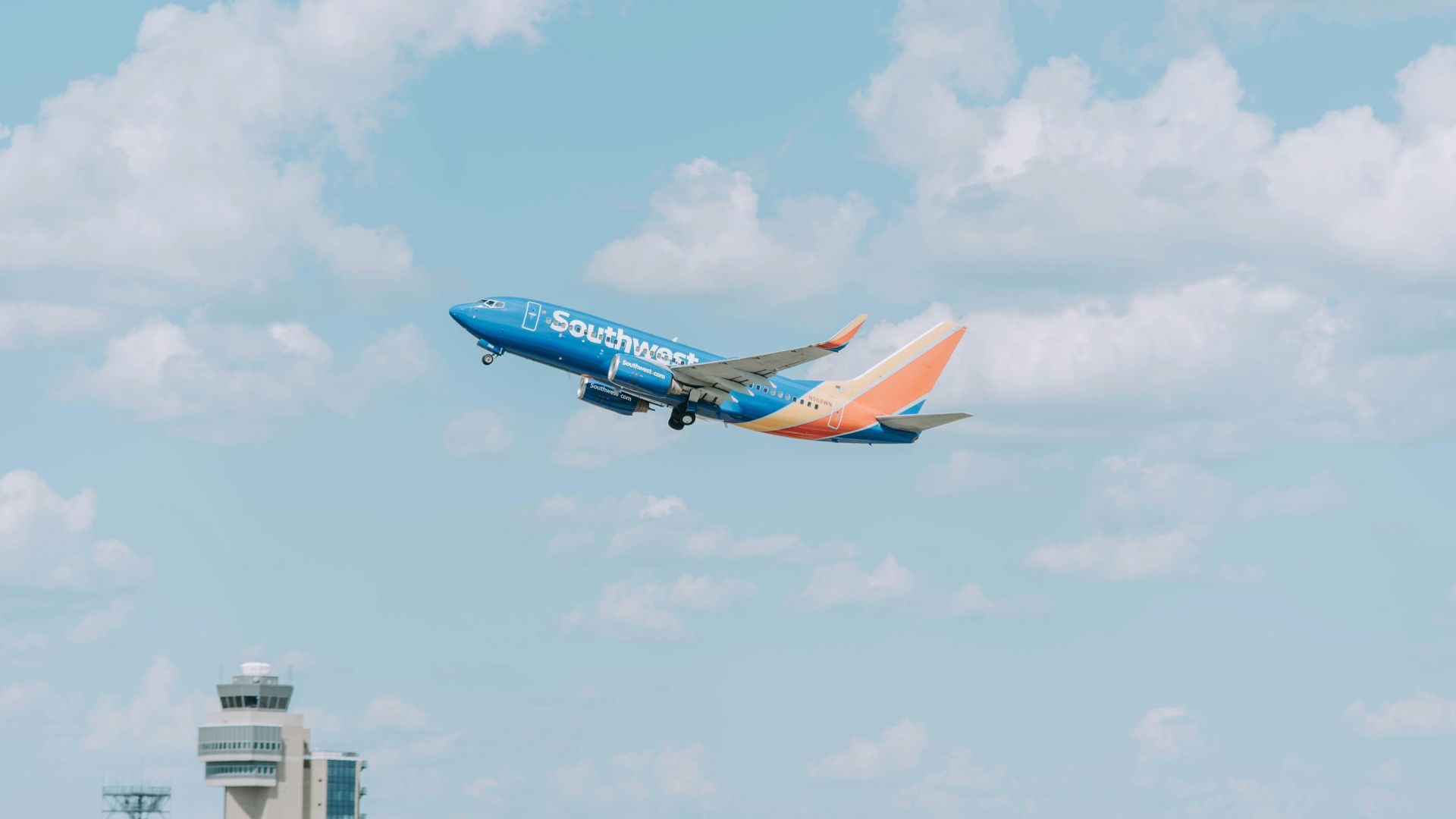
This Dutch roll incident occurred on May 25 when Flight 746 of Southwest Airlines was flying to Oakland from Phoenix. While in the air at about 34,000 feet, the plane underwent this unusual incident.
Now, we’re learning more about what exactly happened during this situation — and how the jet has found itself in substantial damage because of the maneuver.
Significant Damage

The Federal Aviation Administration (FAA) has recently come out to explain the substantial damage this Boeing jet has, especially in its tail section.
According to the FAA, all of this damage comes from the Dutch roll incident — and nothing else. This very rare maneuver can be incredibly detrimental to planes when they are in the air.
About a Dutch Roll
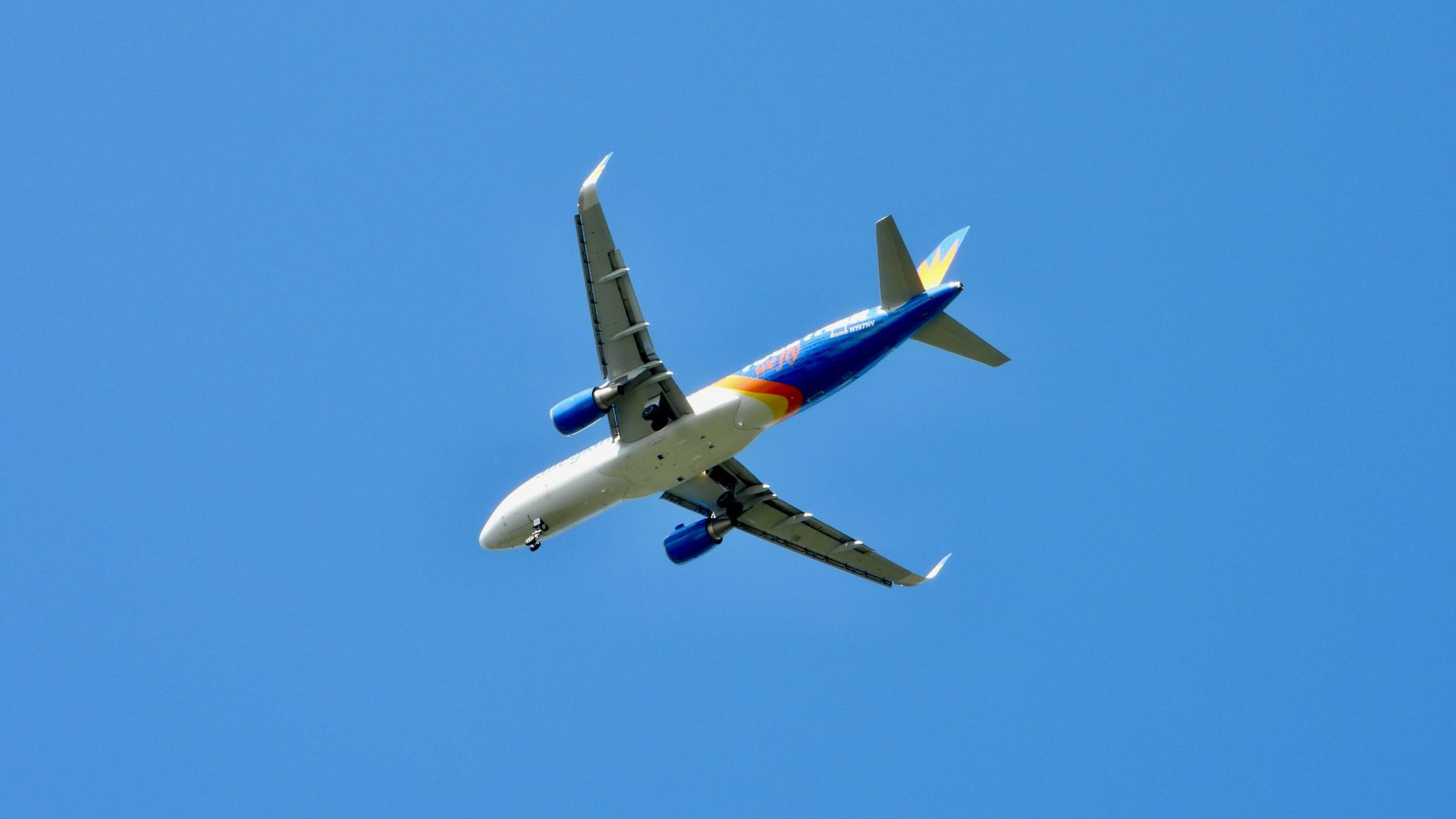
Average fliers don’t necessarily know too much about Dutch rolls, as these maneuvers are incredibly rare. A Dutch roll only happens when a plane moves side to side and in a see-saw motion simultaneously.
Ken Byrnes, the chairman of the Flight Department at Embry-Riddle Aeronautical University, explained, “Dutch roll is an oscillatory motion characterized by a combination of rolling and yawing of an aircraft. It typically arises when the combination between the lateral (roll) and directional (yaw) dynamics of the aircraft are out of balance.”
An Unstable Plane
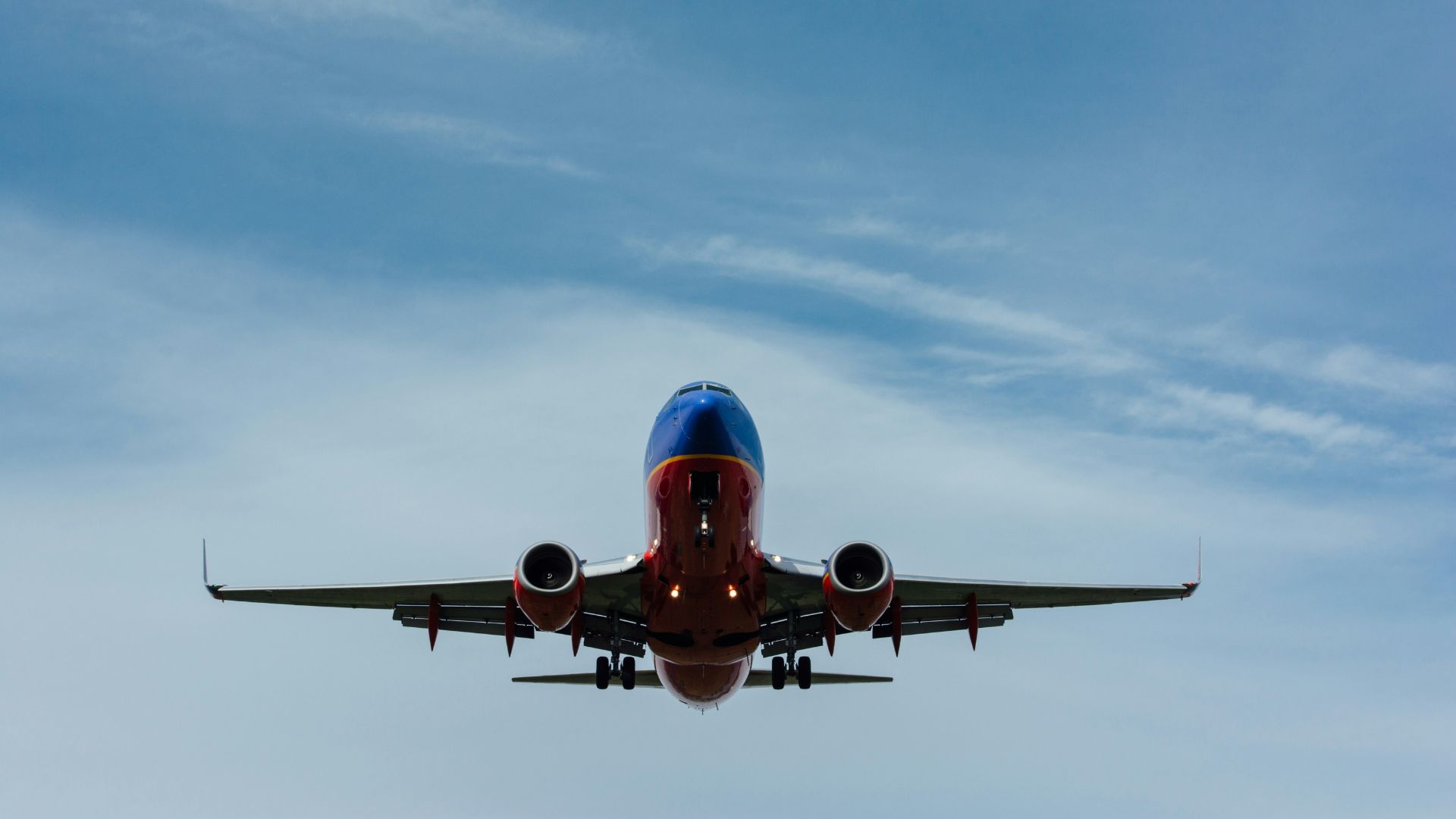
Because of these unusual movements, a plane can quickly find itself in unstable territory when undergoing this type of incident.
Byrnes continued, “In Dutch roll, the aircraft experiences a rolling motion primarily driven by the design (dihedral effect) of the wings, while simultaneously yawing due to the adverse yaw effect caused by the sideslip angle. This coupled motion results in a dynamic instability where the aircraft oscillates in both roll and yaw directions.”
Planes Can Break Apart
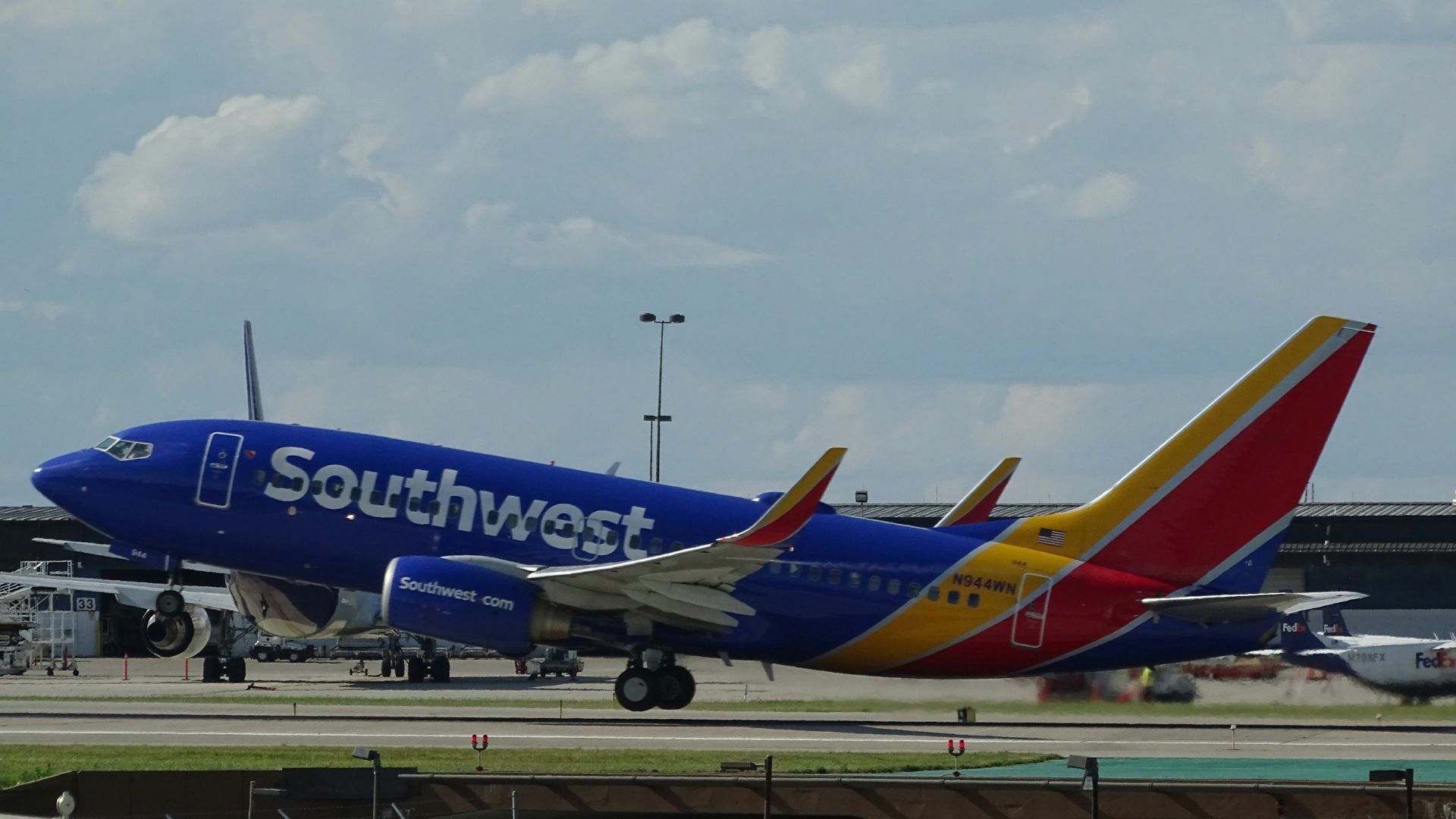
Dutch rolls are very rare in commercial aviation situations. However, they can happen. These severe situations can quickly cause a plane to become damaged — and some terrible scenarios could occur if a plane does a Dutch roll maneuver.
In the most serious situations, Dutch rolls have caused planes in the past to break apart while in the air in flight.
Southwest’s Jet’s Condition
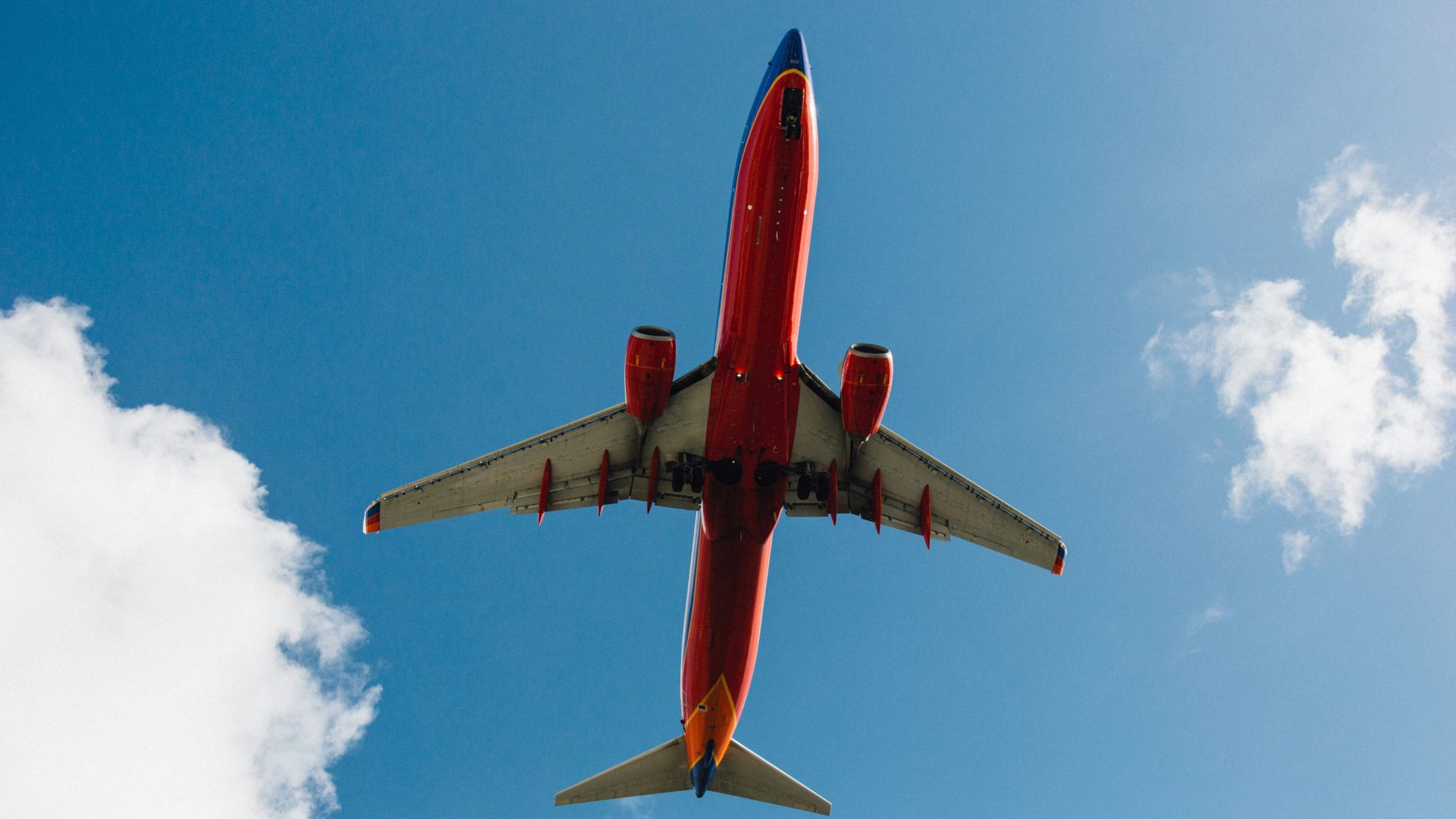
Luckily, Southwest’s Boeing jet didn’t break apart in flight during this latest incident. However, a post-flight investigation did find that the rudder’s standby power control unit (PCU) became damaged because of the Dutch roll.
The tail section was substantially damaged. A standby PCU only becomes operable as a backup system if the main rudder power unit stops working.
Other Issues
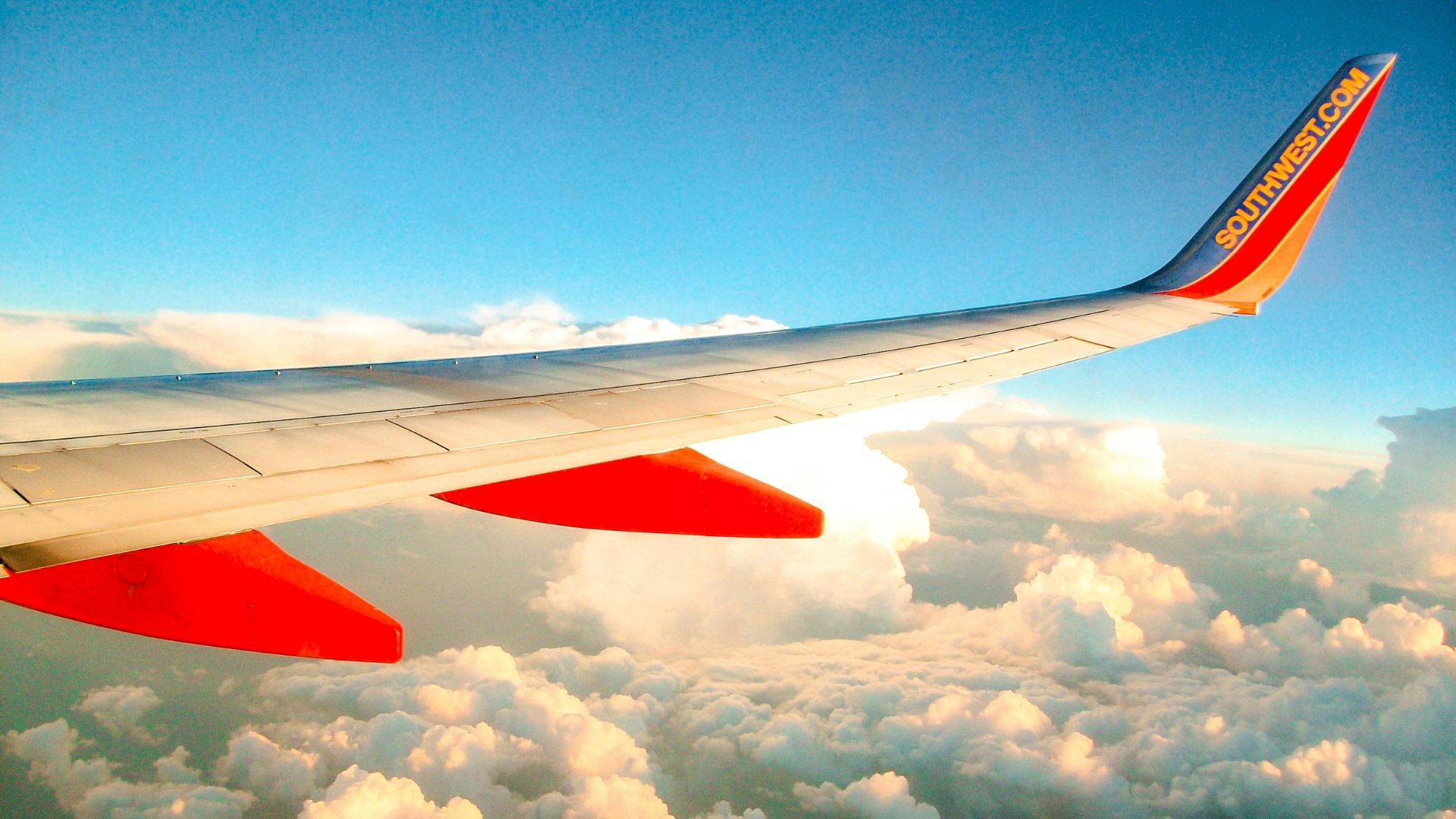
Commonly, this movement can cause damage and stress on the plane’s fuselage, which also has been seen in this Southwest plane.
Now, an investigation is underway to analyze these damages and issues — and to find out why this may have happened. The FAA has revealed it is working with the National Transportation Safety Board (NTSB) and Boeing during its investigation.
An Ongoing Investigation
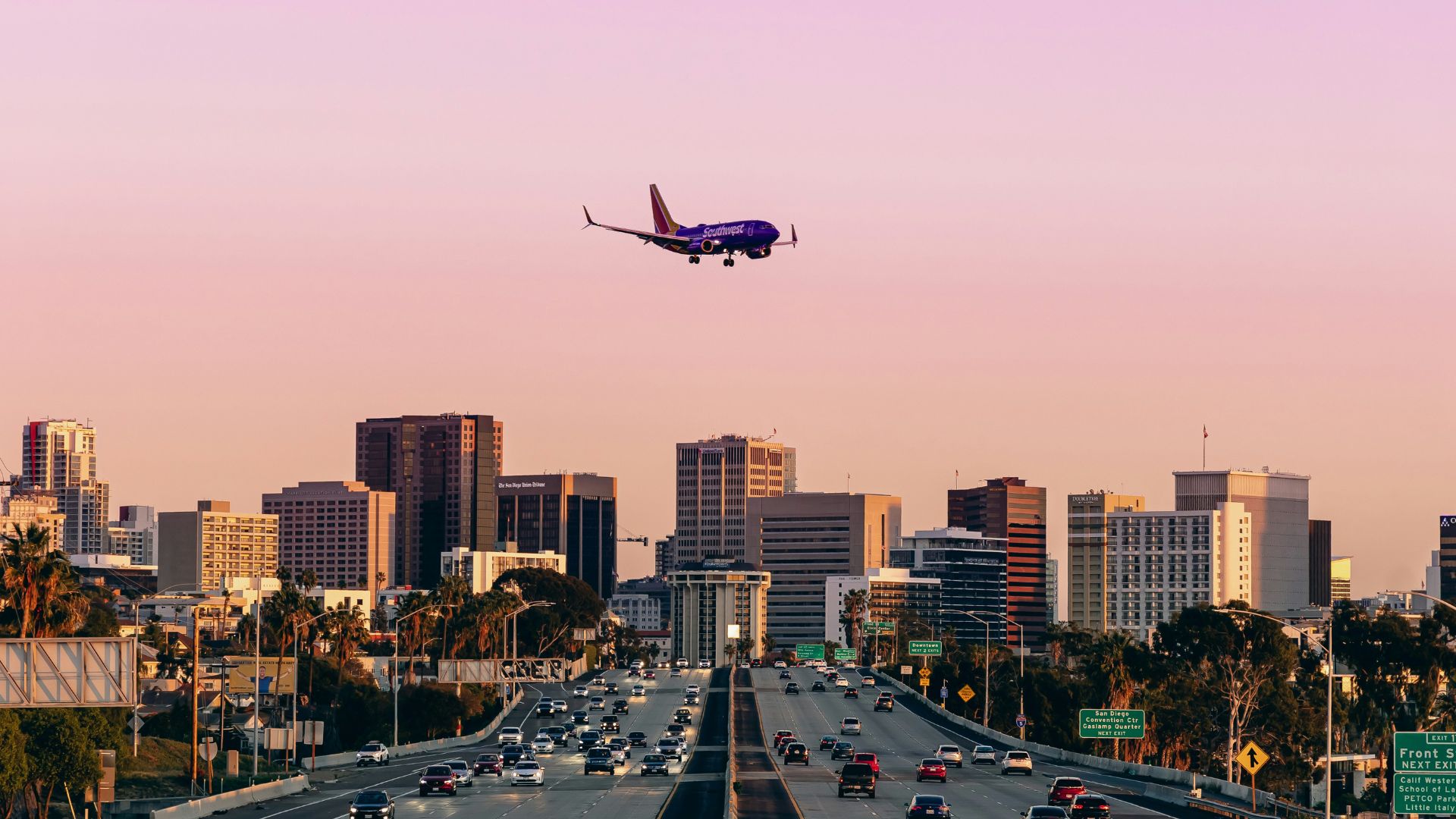
The NTSB was notified by Southwest of this incident on June 7. Now, an investigation is ongoing.
The agency said, “The NTSB’s Vehicle Recorder Laboratory in Washington has received data downloaded from the airplane’s digital flight data recorder. Data from the recorder will aid investigators in determining the length and severity of the event. The cockpit voice recorder, which is currently limited to two hours of audio, was overwritten and unavailable to investigators. A preliminary report is expected within 30 days of the date of the event.”
Potential Injuries
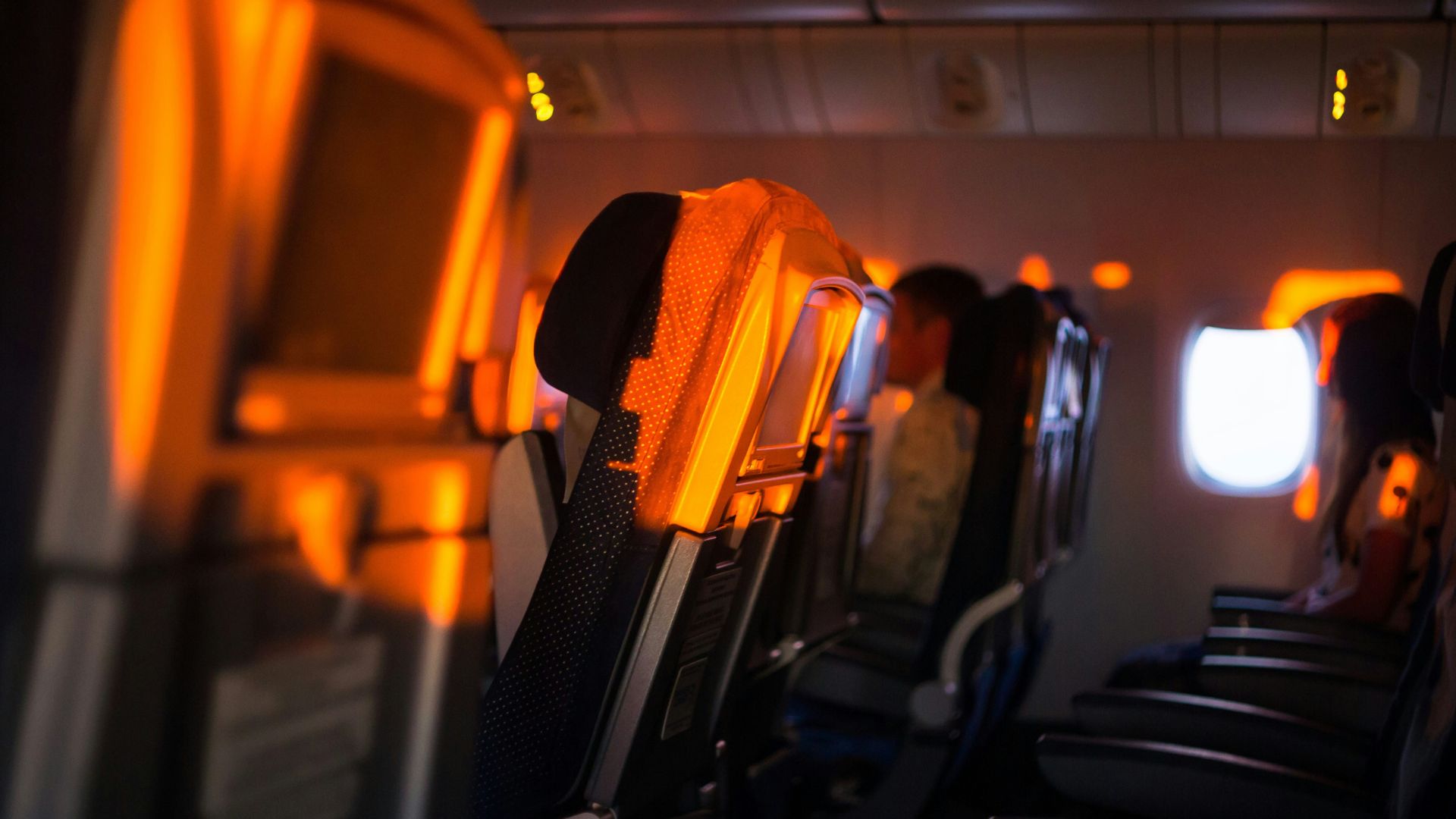
While a Dutch roll can clearly become incredibly dangerous, no injuries have been reported after this latest incident.
This comes after various flights have resulted in many passengers having severe — and even life-threatening — injuries after plane turbulence.
A Deadly Flight
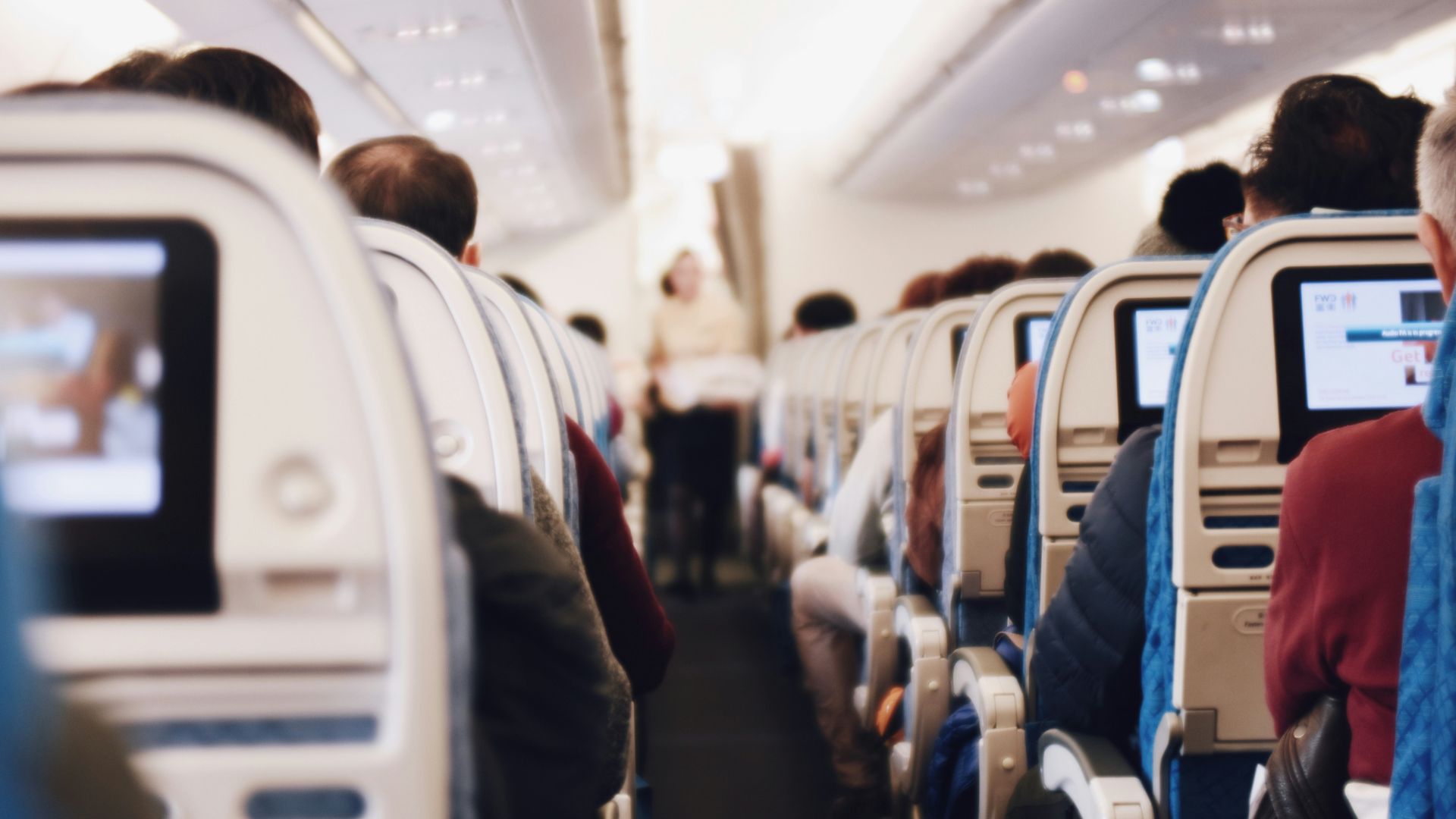
Perhaps most notably, a recent flight from London to Singapore ended in passengers hospitalized and a 73-year-old man’s death after the plane experienced severe turbulence.
During this hectic period, the plane dropped more than 160 feet in less than four seconds. Other flights have also seen difficult turbulence that has caused injuries in the past few months.
A Bad Year for Planes?
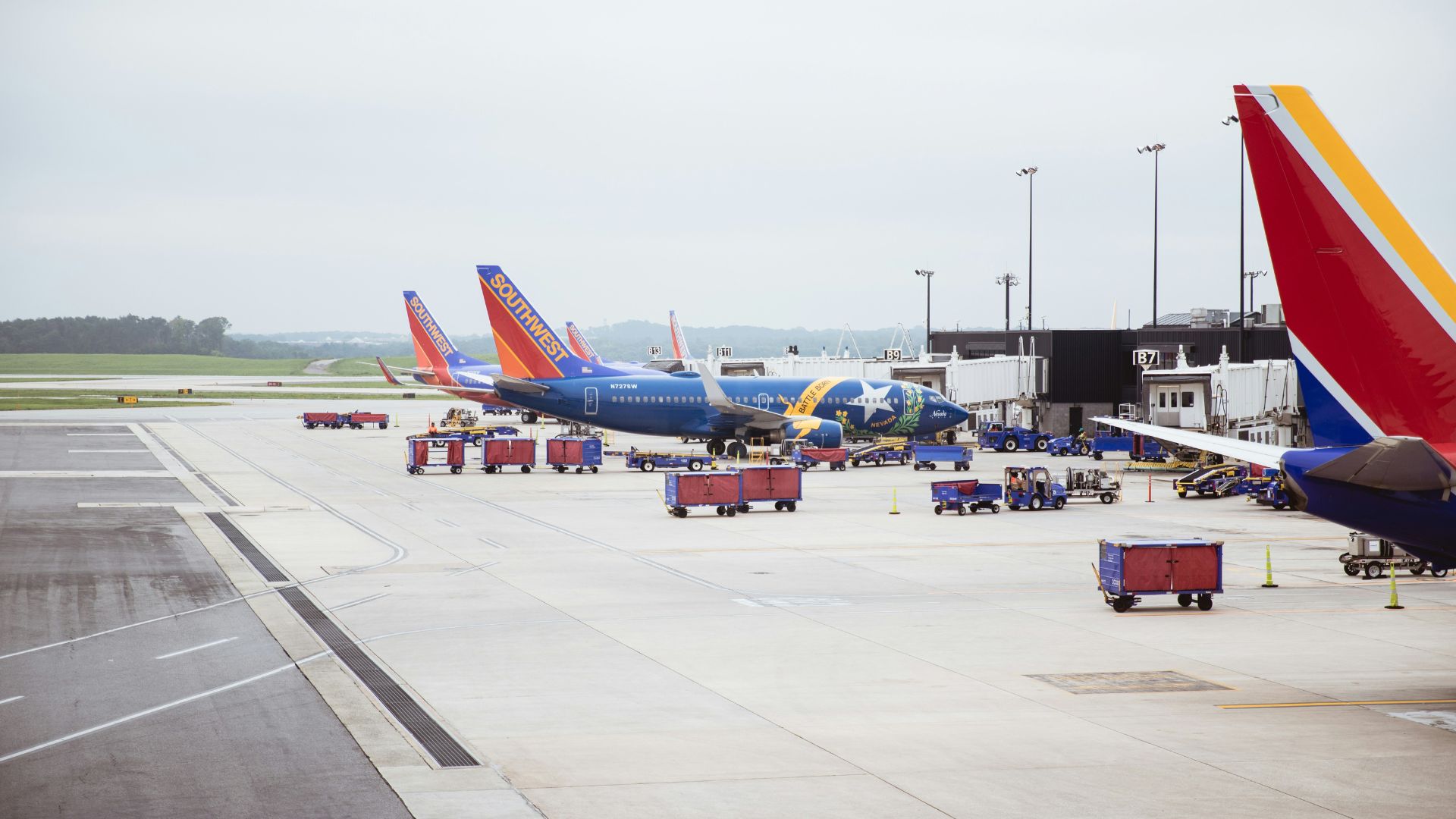
This recent Southwest incident — as well as the many other flight problems seen — comes as 2024 has become a seemingly bad year for flight travel.
Many planes have suffered from technical or mechanical failures, resulting in various emergency landings seen throughout the nation, and the world. Intent public attention on air travel began at the beginning of the year when an Alaska Airlines flight had its door plug fall off while in the air.
Alaska Airlines Incident
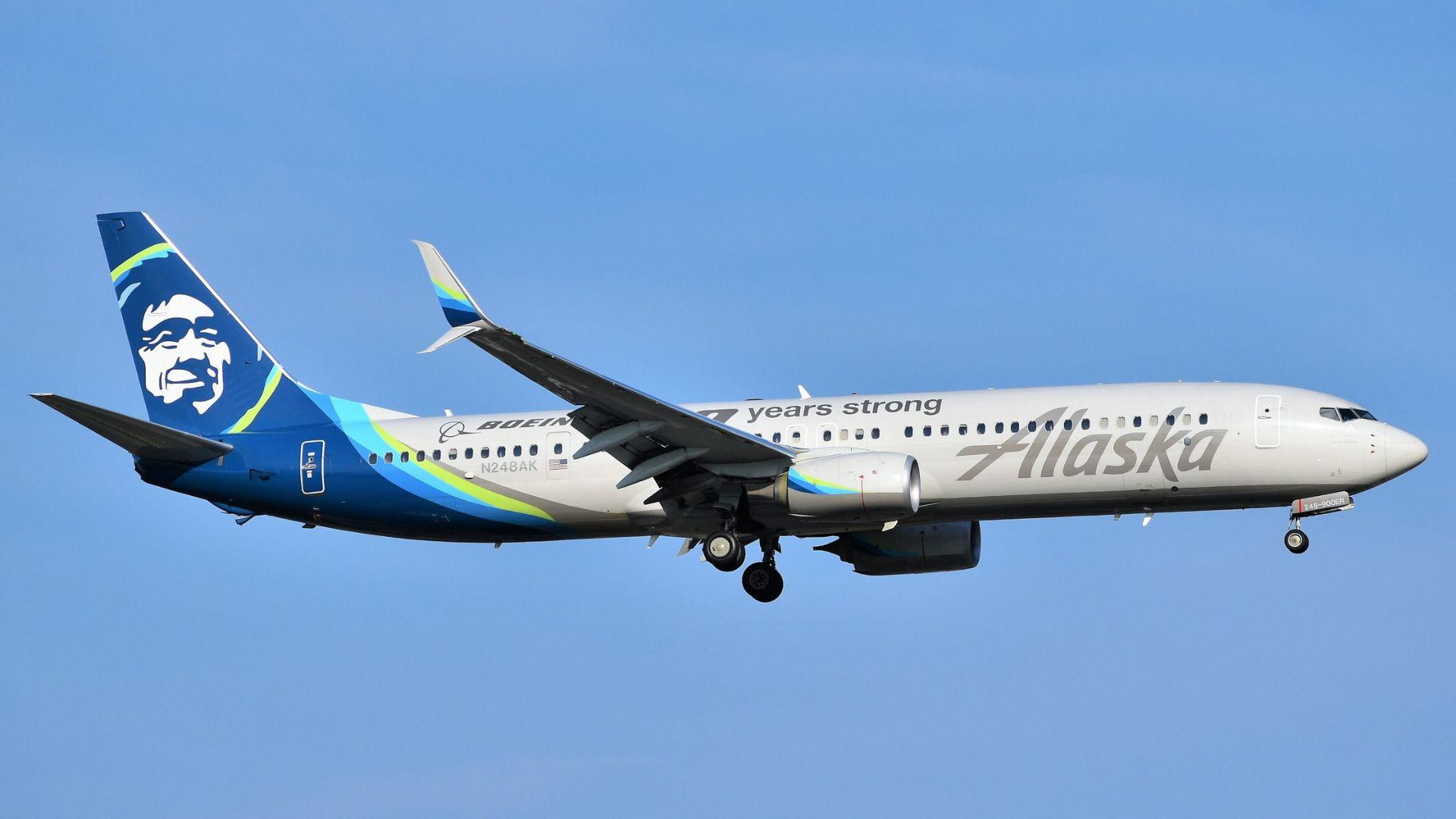
In an incident that received viral online attention, an Alaska Airlines plane had a door panel that blew off midair during a flight in January which sparked concerns about airplane safety and regulations.
The incident of Alaska Airlines Flight 1282 prompted a probe by the Justice Department and brought criticism of plane safety into the public consciousness this year.
Regulation Questions

In response to the 1282 door incident, many were questioning how much oversight there really is over Boeing planes contracted by the government.
“How many government contracts does Boeing have currently? How closely are those contracts being monitored by government contract and technical personnel? Not enough I’d bet,” said an X user in January.
Improving Quality Control
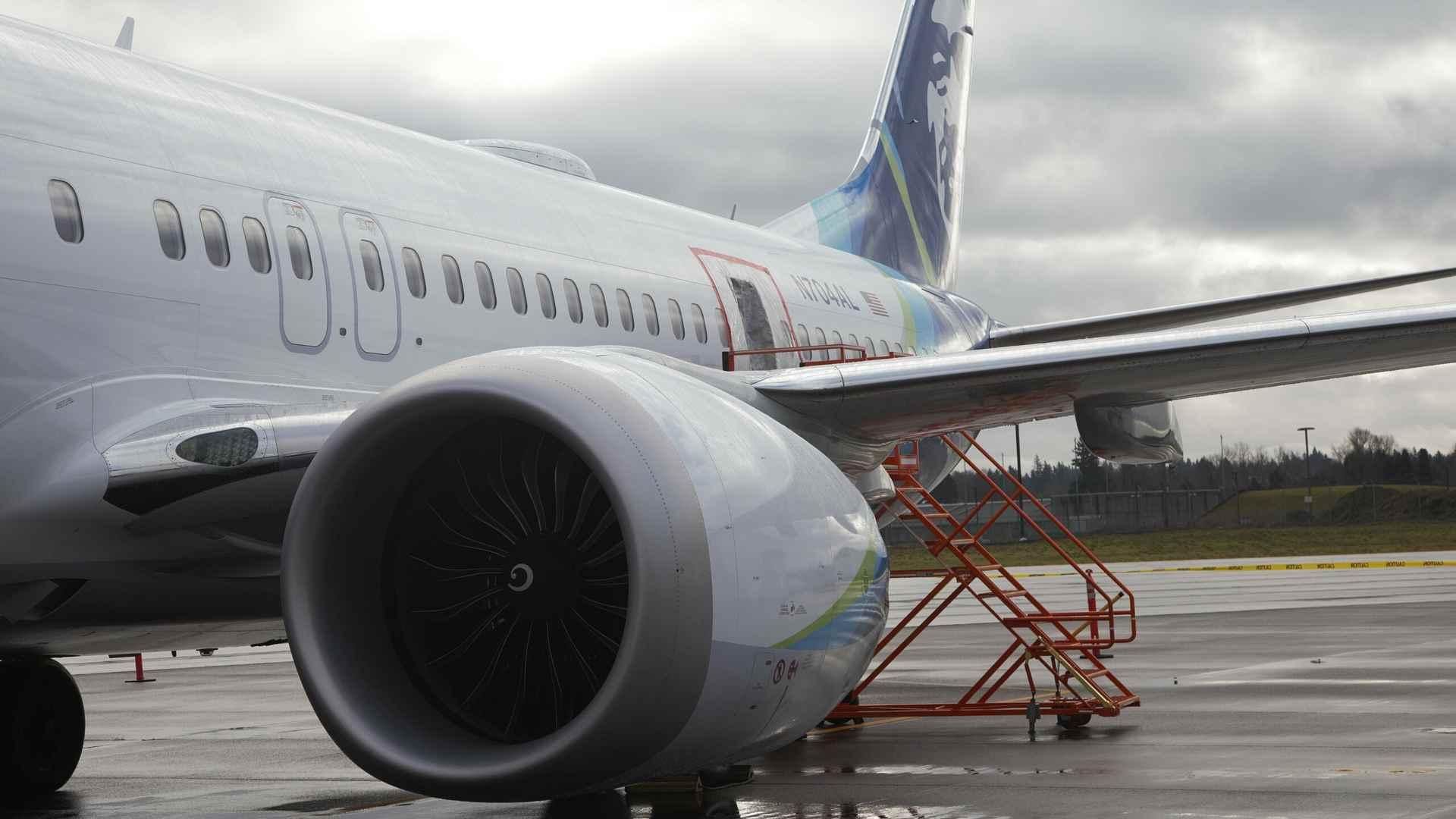
In the wake of the January 5 Alaska Airlines incident involving a Boeing 737 Max plane, the Federal Aviation Administration (FAA) announced a halt to production as it led an investigation into quality control.
“The Jan. 5 Boeing 737-9 MAX incident must never happen again. Accordingly, the Federal Aviation Administration (FAA) is announcing additional actions to ensure every aircraft is safe. The FAA today informed Boeing it will not grant any production expansion of the MAX, including the 737-9 MAX,” said the FAA in a statement released on January 24.
Exhaustive Review
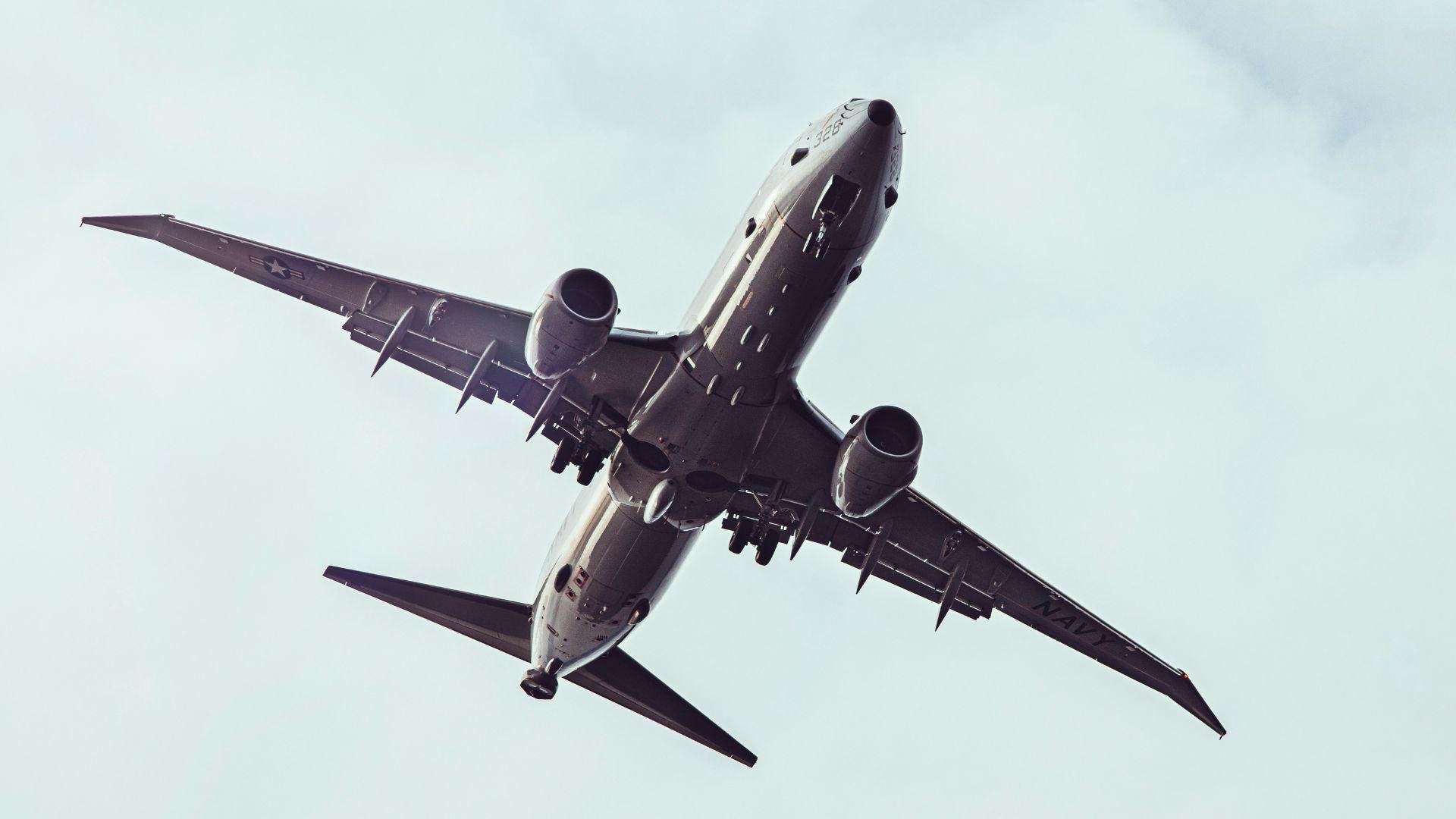
The FAA since the incident had conducted an exhaustive safety review of the plane to ensure it was once again safe to fly.
“We grounded the Boeing 737-9 MAX within hours of the incident over Portland and made clear this aircraft would not go back into service until it was safe,” FAA Administrator Mike Whitaker said. “The exhaustive, enhanced review our team completed after several weeks of information gathering gives me and the FAA confidence to proceed to the inspection and maintenance phase.
Not Back to Business
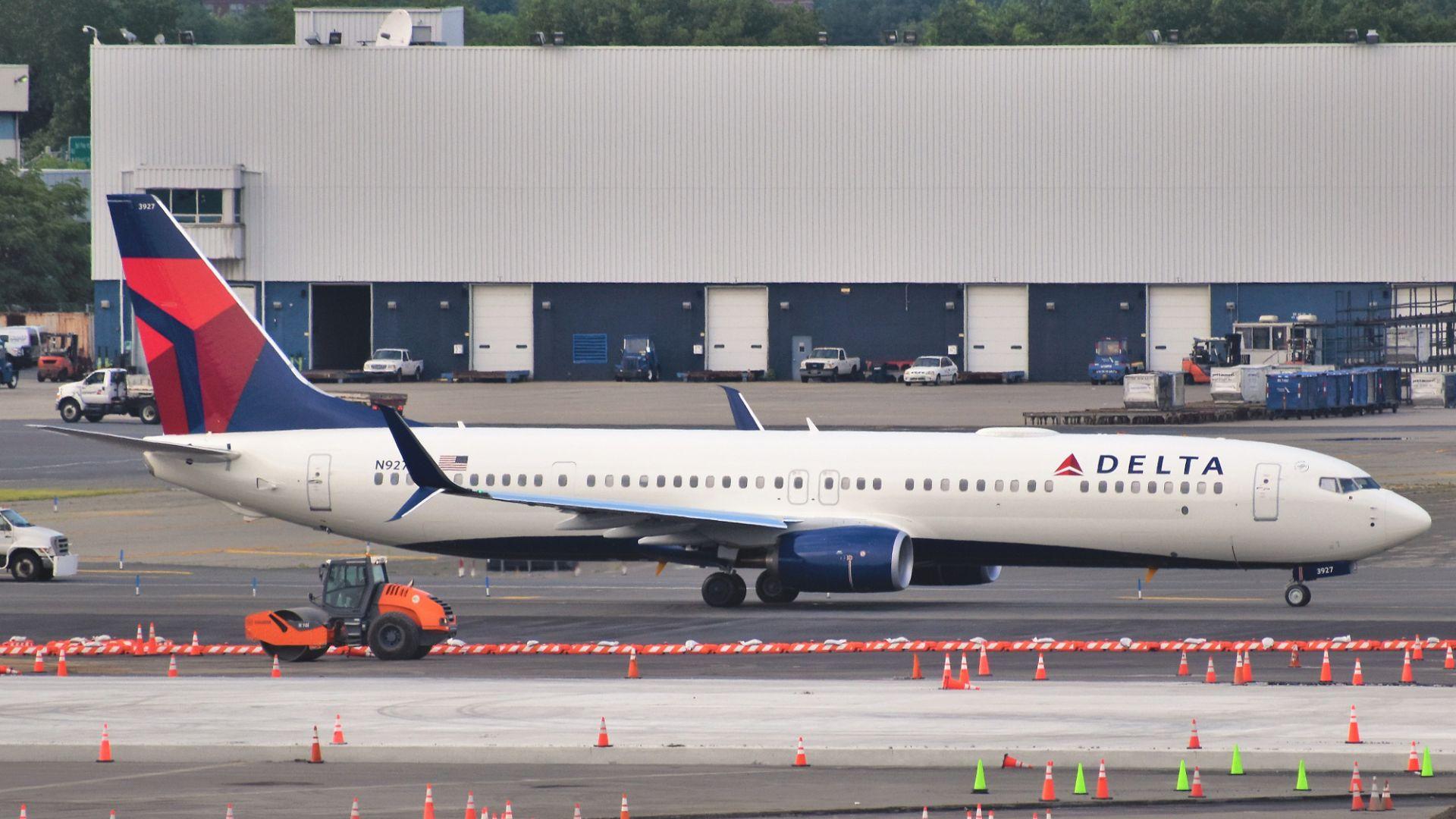
This incident had profound consequences for Boeing from the FAA who sought to hold them accountable in the wake of the incident.
“However, let me be clear: This won’t be back to business as usual for Boeing. We will not agree to any request from Boeing for an expansion in production or approve additional production lines for the 737 MAX until we are satisfied that the quality control issues uncovered during this process are resolved,” said Whitaker.
Another Safety Incident
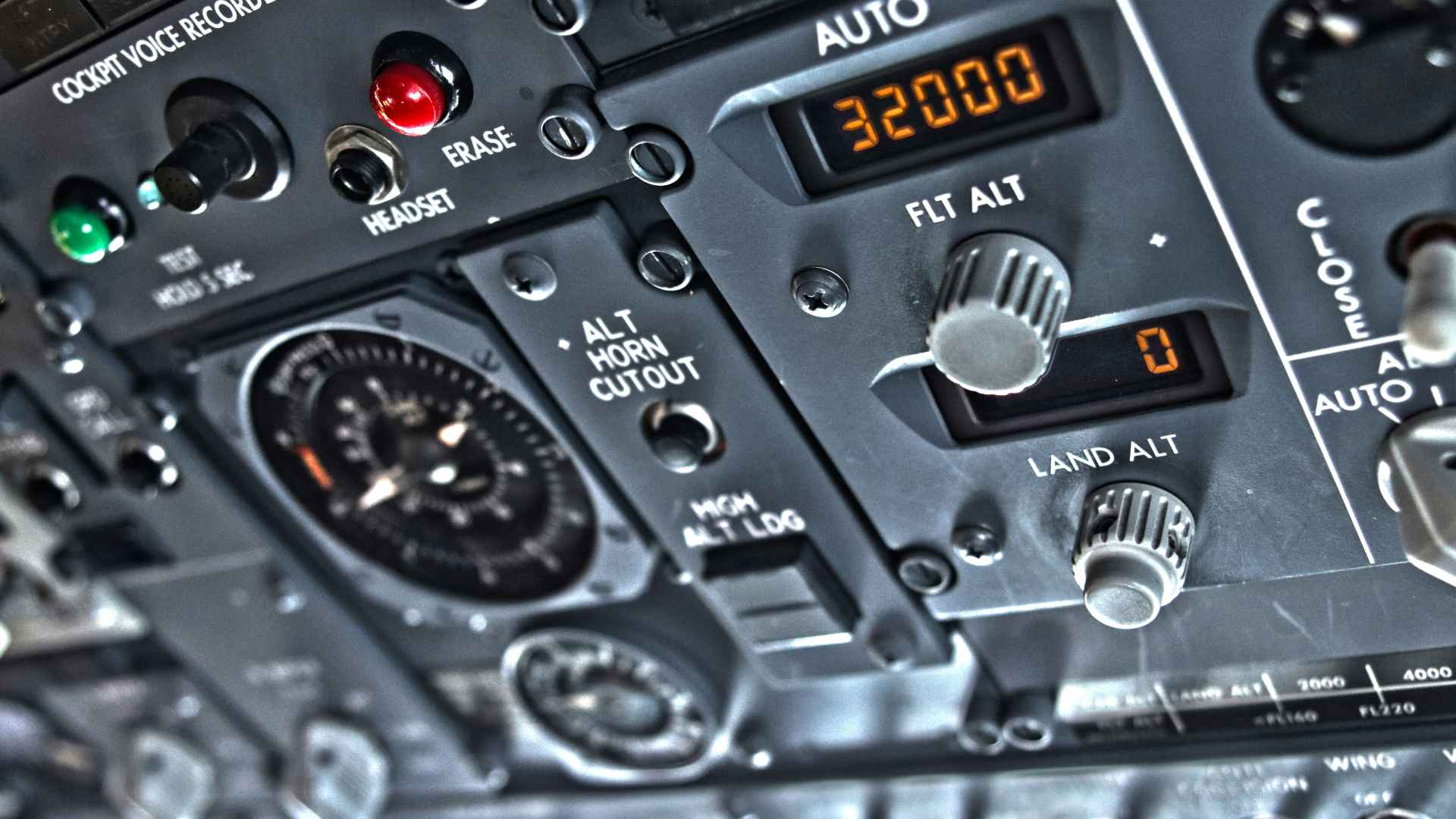
Recently, the FAA had to open another inquiry into Boeing as the Justice Department conducts a criminal investigation into the company.
On Tuesday, CNN reported on a whistleblower allegation that asserted Boeing hid parts from regulators that might have eventually gone on to be installed in this plane model.
Boeing Investigation
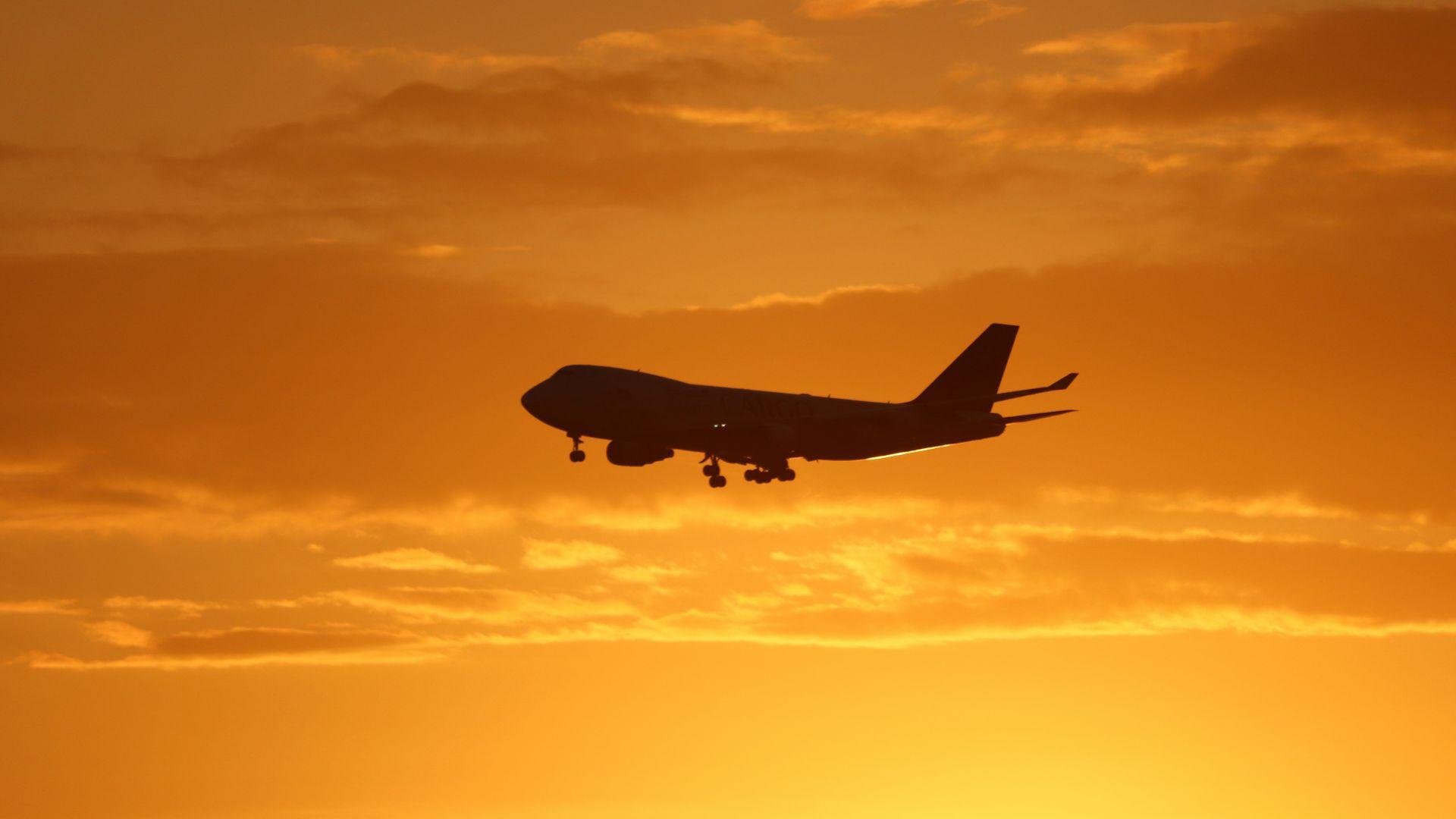
The whistle-blower complaint was passed onto Congressional investigators, who delivered it to Boeing in the form of a report.
“We are reviewing the claims,” said Boeing in a statement. “We continuously encourage employees to report all concerns as our priority is to ensure the safety of our airplanes and the flying public.”
Why Are These Plane Incidents Happening?
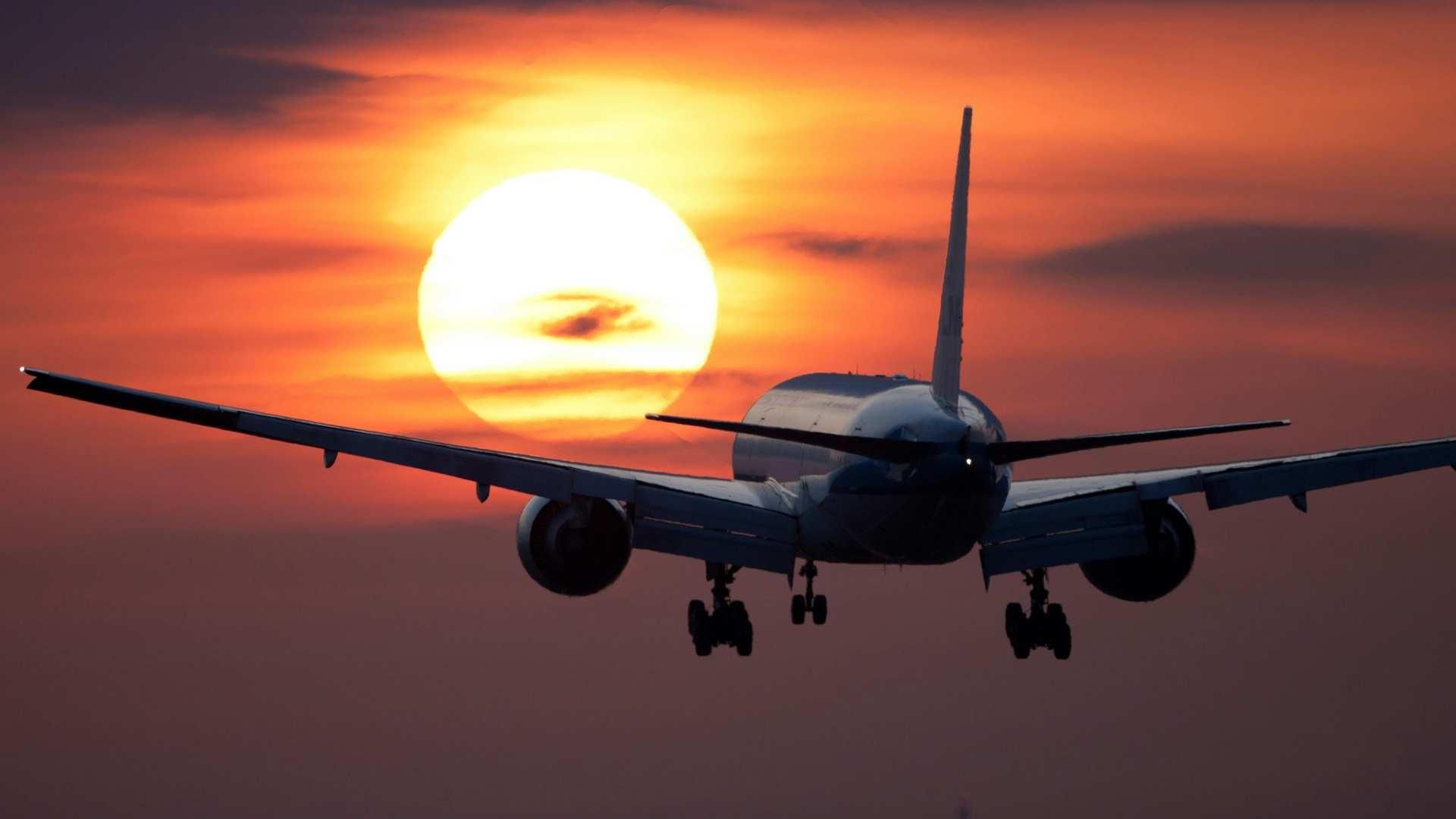
Outside observers may be confused by the recent glut of attention on airplane incidents. One reason for this is that a huge percentage of America’s airplane inventory comes from one company. In 2019, it was estimated that Boeing planes account for 44% of all American airliners.
While this is a large figure, the number of 737 Max model planes only makes up about 4% of that amount.
Company Culture
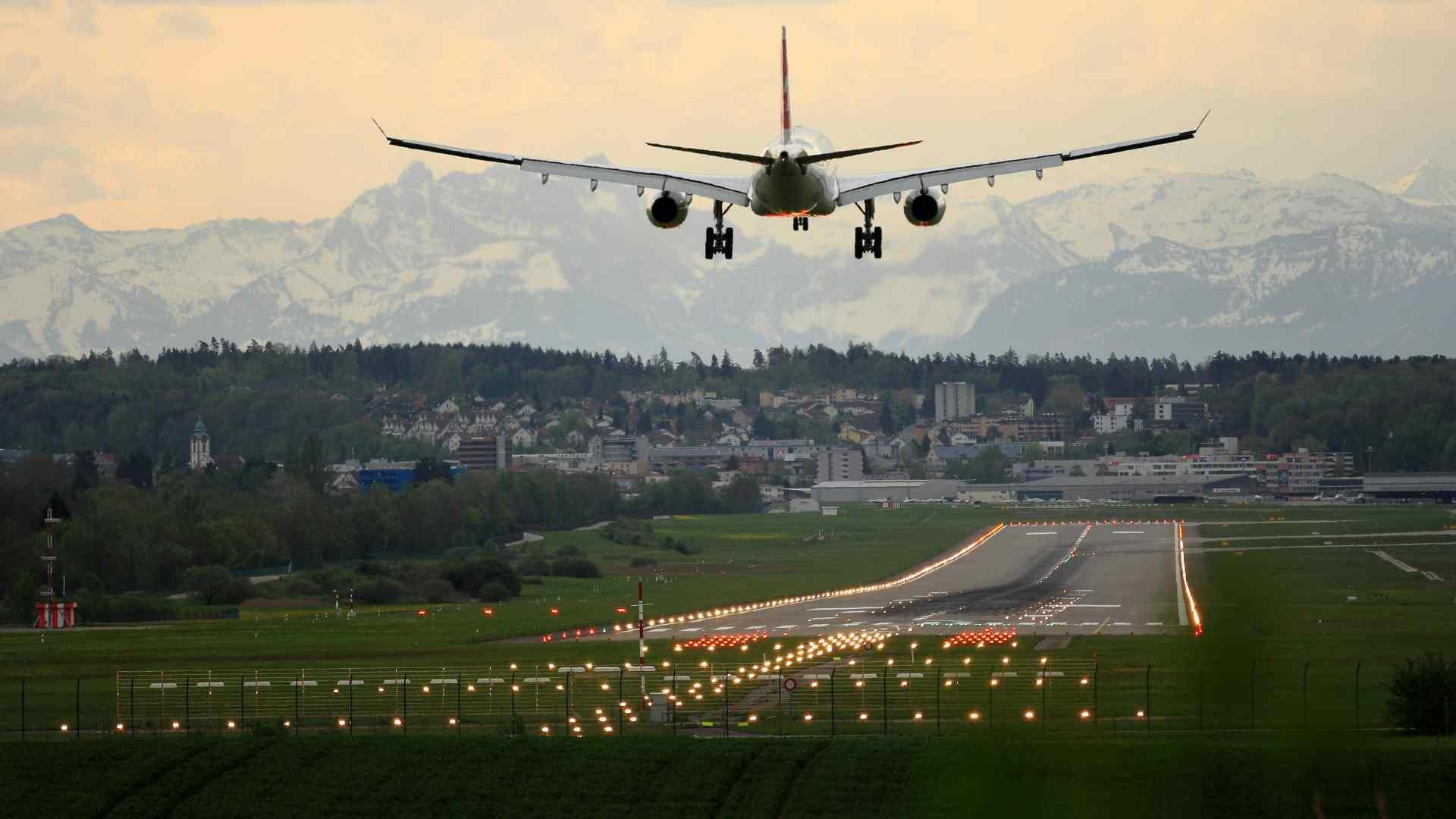
Since America can trace many of its airplanes to a single company, it creates a problem when that company is undergoing issues. Some have criticized the company’s culture of retaliating against those who bring up safety issues.
“Much has been said about Boeing’s culture. We’ve heard those concerns loud and clear,” said Boeing CEO Dave Calhoun on Monday. “Our culture is far from perfect, but we are taking action and making progress. We understand the gravity, and we are committed to moving forward.”
Higher Costs for Customers

It’s not just Boeing that is paying the price for these recent incidents by having its production halted; customers are also feeling the financial burden of the safety issues.
Airliners have been unable to get planes they had ordered because of reduced production, resulting in higher rates for airline passengers.
Record Summer Travel

While US airlines are projected to receive 40% fewer planes then they had planned on, experts are predicting a season for record summer travel.
“From a consumer standpoint, with demand strong and supply relatively weak, that’s a recipe for higher airfares,” said Richard Aboulafia, flight industry expert and director of AeroDynamic Advisory.
Taking it Slow
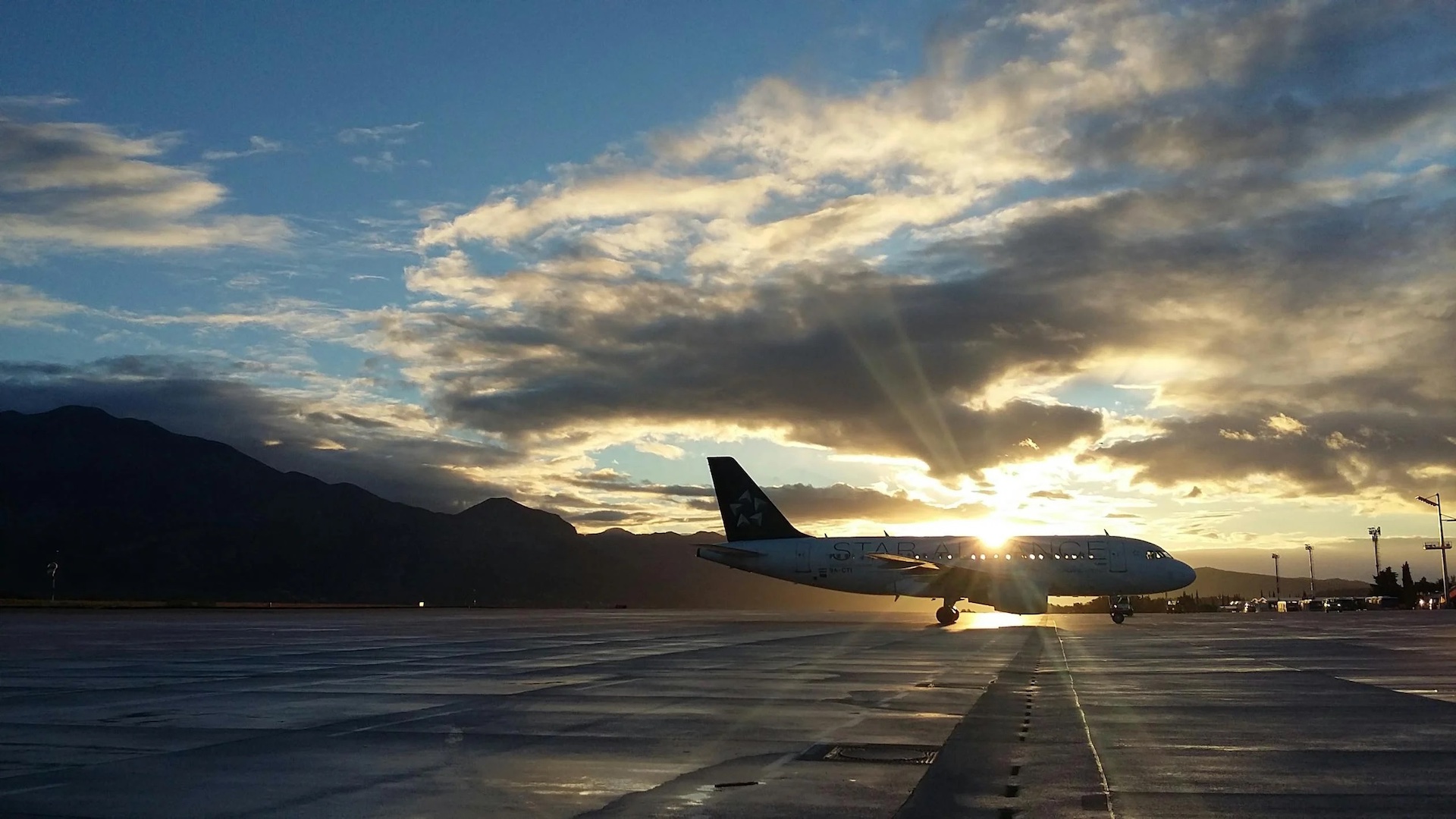
Boeing CFO Brian West said in March that the company is taking it slow to ensure that plane incidents do not continue to be an issue.
“We’re deliberately going to slow to get this right, and we’re the ones who made the decision to constrain rates on the 737 program,” West said.
